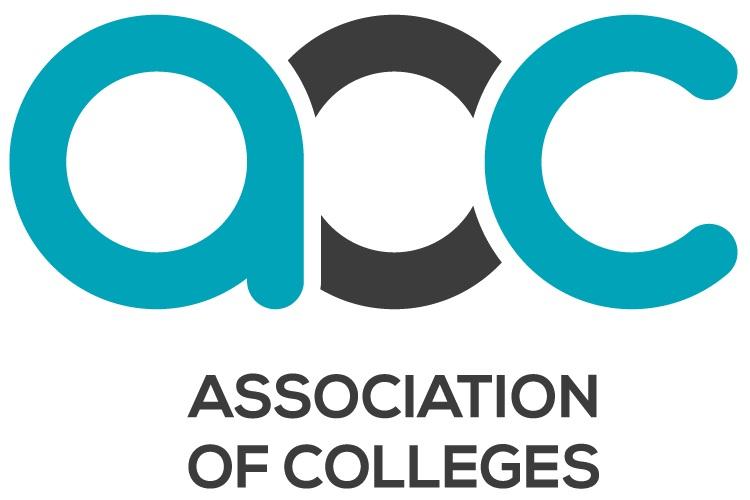AoC – Quality and effectiveness of teaching

The Education Committee has today (8 Dec) published the written evidence for its inquiry into value for money in higher education.
Below is the written evidence from AoC regarding quality and effectiveness of teaching:
Education takes considerable personal effort which produces some benefits which are not visible for decades. It is impossible to precisely measure the quality and effectiveness of teaching and important to recognize that any systems for doing so are inherently flawed. There is a growing fixation on simple university league tables as way to measure quality. These make the world transparent but they measure what can be measured not necessarily what matters.
The Teaching Excellence Framework (TEF) is a genuine attempt to improve on these measurements and to arrive at a better set of judgements but it is a set of proxies and currently only works at institution level. The metrics used in the TEF draw on student outcomes, not necessarily the quality of teaching. The subject level pilot for TEF is starting now and is likely to be difficult. Nevertheless, unlike alternative HE providers, colleges have actively engaged in the TEF. 106 colleges participated in 2016-17 with 14 achieving gold status, 46 rated as silver and 31 bronze, while 15 received a “provisional” rating.
It is likely that the participation in TEF will increase with more colleges participating in TEF year 3. The lessons learned from TEF year 2 will help refine the scheme with a reduced focus on National Student Survey (NSS) metrics and provision for additional information for part time. Also, Annual Provider Review (APR) is the core component of the new approach to quality assessment.
This is a low-burden, annual monitoring process that builds on existing HEFCE data analysis and assurance arrangements. However, there is a need to ensure that, in the light of a risk-based assessment model, the sector does not lose sight of quality enhancement, and therefore continuous improvement.
The measurement of quality in further and school level education is just as difficult as in HE. However, this measurement of quality makes good use of lesson observation and comparing performance data against external benchmarks. Despite all the time and money spent on assessment and quality assurance in HE, these techniques are missing or under developed. It would be a long-term project to address this issue but, as a start, a national credit accumulation framework for undergraduate education might help.











Responses